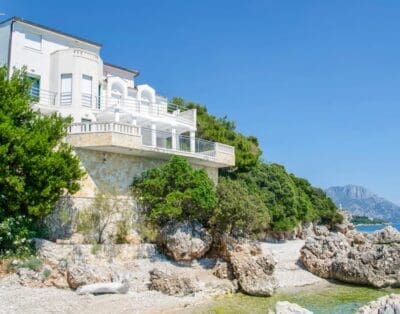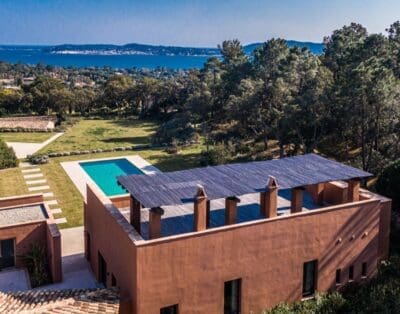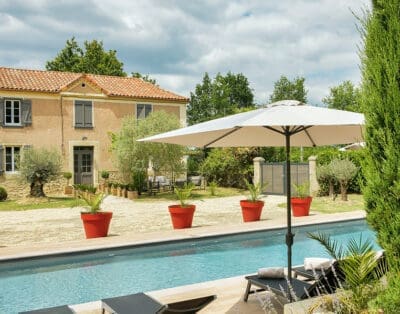The Colour of Sunset: Imperial Topaz
I have now worked in the jewellery industry for 15 years and the colours and hues available never cease to amaze me. The delicate palette of pale orange and yellow through cherry to pale pink and violet found in imperial topaz is one such colour range. Imperial topaz was particularly prized in the late 19th century, especially by the Russians. The gem was given its Imperial denomination by the tsars, who coveted the sunset coloured stone and claimed exclusive mining rights. As with many semi precious gems, they fell out of favour during the first half of the 20th century due to the rise of diamonds and platinum, and later on, the onset of Art Deco and its monochrome clean lines.
The reputation of topaz took a bit of a hit in the last three decades because of the amount of over treated blue material flooding the market and used in cheap jewellery. The blue is achieved by heating low grade material and these stones only fetch a few pounds a carat, where is often ends up in jewellery advertised at the back of newspaper colour supplements. Although most coloured stones are heat treated nowadays, Imperial grade gems are not. To class as a true Imperial, they must have overtones of red when the stone is viewed from different angles, exhibiting a trait in gemmology known as dichroism. This is why most Imperial topaz is cut as pear shaped or elongated ovals, as it is the cut that shows this quality to its best advantage.
The finest stones are now sourced in Brazil. The 1990s has seen a rise in popularity in coloured stones, which has also been fuelled by an explosion of creativity by this century’s artist jewellers. The price has risen accordingly, often far outstripping the price of diamonds and shows no sign of slowing down as demand in the Far East grows. Imperial topaz is genuinely rare, unlike the artificial market of small and medium size diamonds, so their investment performance is good. Fine examples of a good size can easily fetch up to $2000 a carat; heads were turned when a pair of Imperial topaz earrings by JAR was sold by Christie’s in 2010 for $650,000.
The story I enjoy the most is a classic ‘found-in-a-junk-shop’ story: in 2011, Thea Jourdan, from Hampshire, was having her engagement ring re-valued. The insurers spotted a brooch with an odd coloured stone surrounded by what she had thought were paste diamonds. Having been told what she really owned, Mrs. Jourdan put the stone up for sale at Bonhams, whose experts had identified it as an Imperial topaz and diamond brooch once owned by the Tsarina Alexandra. It duly fetched £32,000. She had bought it in a junk shop for just £20. A fitting metaphor for a gem the colour of a sunset, whose fortunes were high, fell and then rose again.









